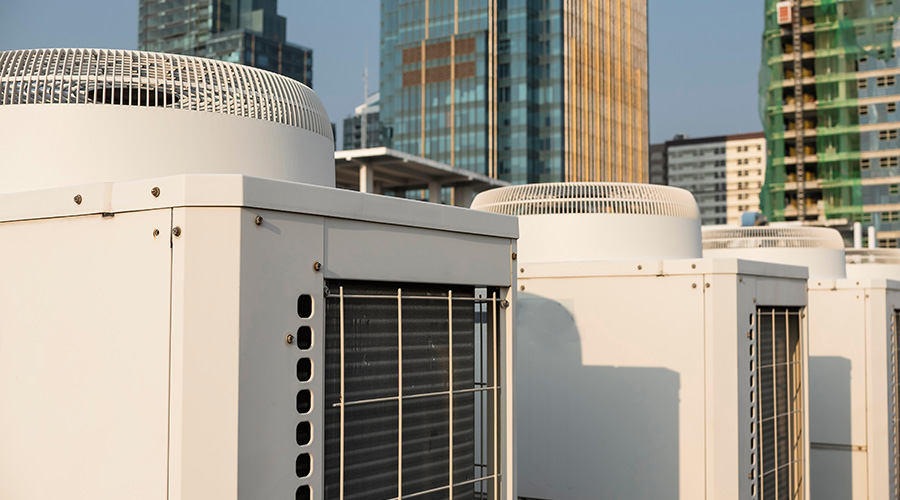First LEED Gold Hospital Now a High-Performance Building
Despite the advanced technologies Schorzman and his team specified, the medical center did not perform as designers intended during the first year of operation. One primary reason the facility struggled initially was that the project team tried to meet tight deadlines without sufficient vetting of building systems, Schorzman says.
"I know you get bumped up against schedules, but folks really need to incorporate into their schedules time to wash the systems out," he says. "We did commission the building, but we were pushed, and we were rushed. You really need to give yourself time to work through the issues and drive the boat."
Another cause of the facility's inefficient operations initially related to oversized equipment, Schorzman says.
"Our steam system in the building was sized for humidification for the whole building 24/7, and our sterilization of surgical instrumentation 24/7/365," he says. "The majority of our surgeries are done Monday through Friday between 6 a.m. and 6 p.m. The only areas that require humidification are the surgery areas, so (the system was) oversized."
Schorzman and his staff went through a great deal of trial and error during the first year of operation, but now, systems are performing as the project team intended. Power use is down 12 percent, compared to the first year, and gas use is down about 30 percent, Schorzman says. Technicians are constantly making tweaks and improvements, but five years after becoming the first LEED Gold hospital, he can look back at this learning experience as a positive one.
Says Schorzman: "I've enjoyed it. It was pretty stressful and pretty intense the first year we were in here. But, of course, this being a new building, we had a lot more high-tech stuff, which was good because the high-tech systems and our building-control systems allow us to gather more data to make decisions based on actual data."
Related Topics:
















